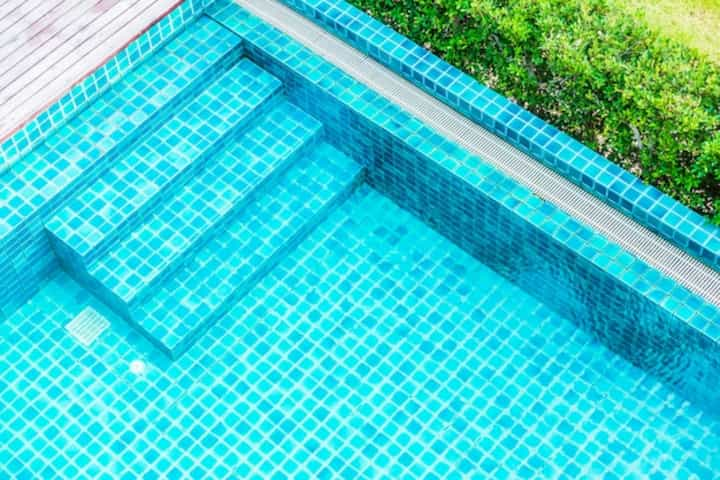
Swimming Pool Replastering Costs How to Save on Pool Resurfacing
Owning a swimming pool offers a refreshing escape from the summer heat and a perfect venue for relaxation and entertainment. However, maintaining its pristine condition requires regular upkeep, including resurfacing. Pool replastering is a common method to restore the pool's surface, enhancing its aesthetic appeal and functionality. Understanding the costs involved and exploring ways to save on pool resurfacing can make the process more manageable. This article delves into the various factors influencing swimming pool replastering costs and provides actionable tips to help homeowners save on pool resurfacing projects.
Factors Influencing Swimming Pool Replastering Costs
Several factors impact the overall cost of swimming pool replastering. Understanding these elements can help homeowners make informed decisions:
- Size and Shape: The larger and more complex the pool's shape, the higher the cost. Irregular shapes require more labor and materials.
- Material Selection: Different resurfacing materials, including plaster, pebble, and quartz, vary in price. Plaster is typically the most cost-effective option.
- Condition of the Existing Surface: Pools with significant damage or deterioration may require additional preparation work, increasing the cost.
- Location: Regional differences in labor and material costs can affect the overall expense. Urban areas may have higher prices due to increased demand.
- Additional Features: Adding custom features like tiles, lighting, or water features can raise the overall cost of the project.
To explore further insights on swimming pool replastering costs, learn more in this detailed guide.
Tips to Save on Pool Resurfacing
Plan and Budget Wisely
Proper planning and budgeting can significantly reduce the costs associated with pool resurfacing:
- Set a Realistic Budget: Determine a budget that accommodates your financial situation while considering potential unexpected expenses.
- Schedule Off-Peak: Consider scheduling the replastering project during the off-peak season when contractors may offer discounts.
- Get Multiple Quotes: Obtain quotes from several contractors to compare pricing and identify the best value for your project.
Choose Cost-Effective Materials
Material selection plays a crucial role in managing costs:
- Opt for Standard Plaster: Traditional plaster is often more affordable than premium alternatives like pebble or quartz finishes.
- Research Material Longevity: While cheaper initially, some materials may require more frequent repairs, increasing long-term costs.
For additional information on material choices, explore further insights here.
Perform Regular Maintenance
Regular maintenance can extend the life of your pool surface, delaying the need for replastering:
- Maintain Proper Water Chemistry: Regularly test and balance your pool's water chemistry to prevent surface damage.
- Clean and Inspect Regularly: Routine cleaning and inspections help identify and address minor issues before they escalate.
For more tips on maintaining your pool, read more about this topic.
Conclusion
Swimming pool replastering is a significant investment that can enhance the beauty and functionality of your pool. By understanding the factors influencing costs and implementing cost-saving strategies, homeowners can make informed decisions and manage their budgets effectively. From selecting cost-effective materials to performing regular maintenance, there are various ways to save on pool resurfacing without compromising quality. For a comprehensive understanding of pool replastering, find additional information here. Additionally, prospective clients can check out customer reviews here to gauge the satisfaction levels of past clients.